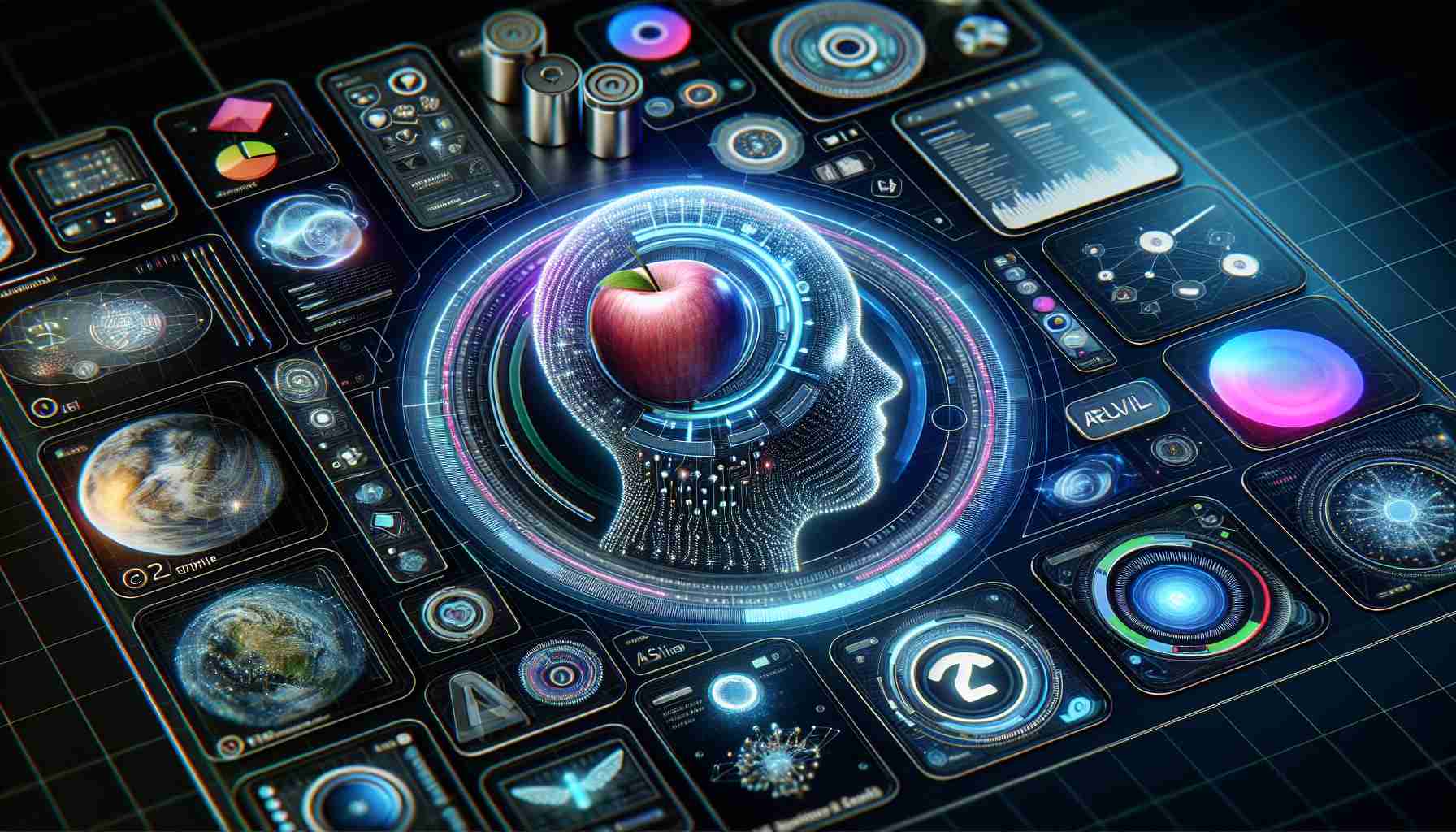Revolutionizing Creativity with Personalized AI
Apple recently announced the development of a breakthrough AI system called Apple Intelligence during its Worldwide Developers Conference (WWDC24). This latest innovation allows Apple devices, including the iPhone, iPad, and Mac, to utilize advanced generative models for text and image creation, all personalized to the user’s individual context.
Highlighting the system’s standout features, Apple Intelligence has enhanced Siri capabilities, sophisticated photo editing tools, and integration with OPEN AI’s popular ChatGPT chatbot. Users will experience an unparalleled computing experience, thanks to these advancements in device intelligence.
Privacy at the Heart of Technology
With privacy as a central theme, Apple emphasized the processing of data directly on the user’s devices rather than relying heavily on cloud computing. This local processing aligns with the company’s long-established commitment to user privacy and security in the technology sector.
However, for tasks requiring significant computing resources beyond a device’s capabilities, Apple will securely encrypt and send the necessary data to cloud servers without storing or misusing it beyond what is essential for completing the AI task. Additionally, Apple plans to offer independent researchers the opportunity to scrutinize and validate the security of this innovative system to maintain transparency and trust.
Apple Intelligence’s Expanded Developer Tools and iOS 18 Updates
Beyond the core components, Apple Intelligence will offer developers powerful new tools to create advanced applications for iOS, iPadOS, macOS, and watchOS. These tools aim to inspire developer creativity and enhance device capabilities worldwide.
Along with these features, the introduction of Apple Intelligence coincides with updates to the iOS 18 operating system. The forthcoming updates will introduce a redesign of the Photos app, improved personalization options, and added functionality such as satellite connectivity updates for emails and messages, marking another milestone in Apple’s journey towards intelligent computing.
Key Questions:
1. How does the integration of Apple Intelligence with iOS 18 improve user experience?
2. What is the significance of using local device processing for privacy in Apple Intelligence?
3. How does the collaboration with OpenAI’s ChatGPT benefit the AI suite, and what are the implications?
4. In what ways can developers leverage the new Apple Intelligence tools for creating applications?
5. What challenges might arise regarding the balance between privacy and cloud computing within the Apple Intelligence ecosystem?
Answers:
1. The integration of Apple Intelligence with iOS 18 enhances user experience by providing more personalized computing capabilities, sophisticated photo editing tools, and advanced Siri features that can adapt to the user’s context.
2. Using local device processing assures users that their data is handled with utmost privacy, eliminating many of the vulnerabilities associated with cloud-based data storage and processing.
3. The collaboration with OpenAI’s ChatGPT offers Apple users access to one of the most advanced natural language processing models, enabling rich conversational experiences and a wider range of AI-driven functionalities.
4. Developers can utilize the expanded tools provided by Apple Intelligence to create applications that are more intelligent, personalized, and feature-rich, harnessing the full potential of the latest AI and machine learning technologies.
5. The key challenge lies in optimizing local device processing while ensuring complex AI tasks can still be performed efficiently, and maintaining privacy when offloading certain computations to cloud servers without compromising user data.
Advantages:
– Increased Personalization: Users benefit from tailored experiences as AI models are adapted to their individual usage patterns.
– Data Privacy: Emphasizing on-device processing ensures user data stays private, which aligns with Apple’s privacy-first approach.
– Enhanced Creative Tools: Generative models for text and images foster creativity among users, allowing for the creation of customized content with ease.
– Developer Opportunities: New AI tools represent an opportunity for developers to create more intelligent and personalized apps for Apple’s ecosystem.
Disadvantages:
– Hardware Limitations: Relying on local device processing may be constrained by the hardware limitations of some devices, potentially affecting performance and user experience.
– Cloud Reliance for Complex Tasks: For tasks that require more power than the device can provide, data must still be processed in the cloud, which might raise concerns about data security and privacy.
– Dependence on Internet Connectivity: Users may still require a strong and stable internet connection for updates and certain cloud-based AI computations, limiting functionality in areas with poor connectivity.
– Learning Curve: Users and developers may need to adapt to new interfaces and programming paradigms to fully utilize Apple Intelligence’s features.
Controversies or Challenges:
The controversial aspects mainly revolve around privacy concerns, especially when handling AI tasks that require cloud computing. Partitioning tasks between on-device and cloud while maintaining privacy and security is a significant challenge. There is also the challenge of ensuring the global developer community adheres to the same privacy standards.
Related Links:
For more information on Apple’s privacy policies and approach, you may visit Apple’s official website.
Please note that links provided are to the main domain of Apple, as specific sub-page URLs cannot be provided with certainty.

